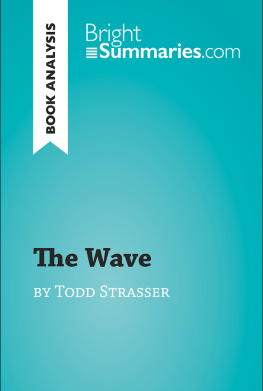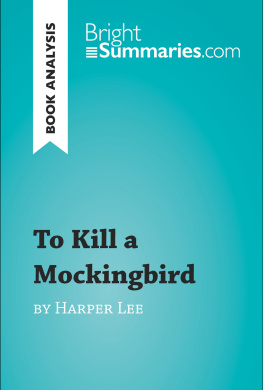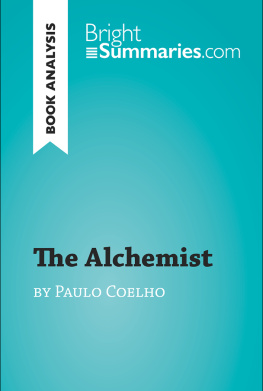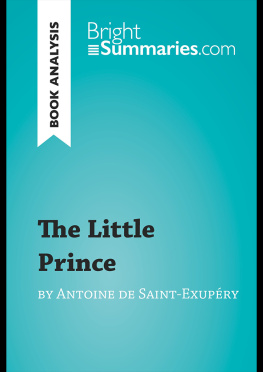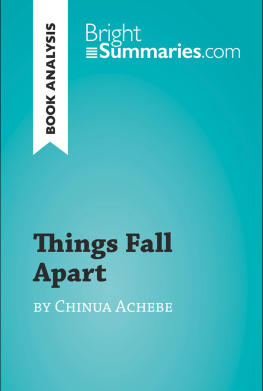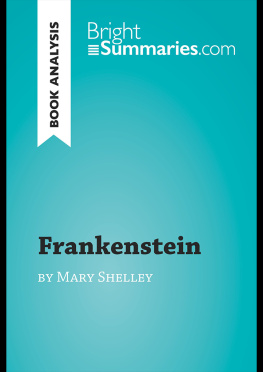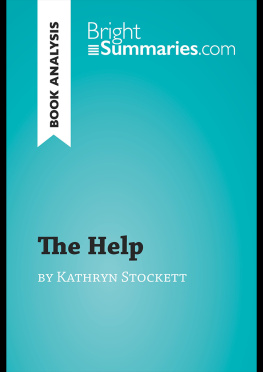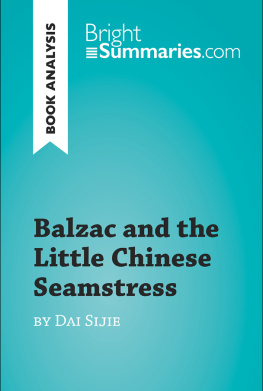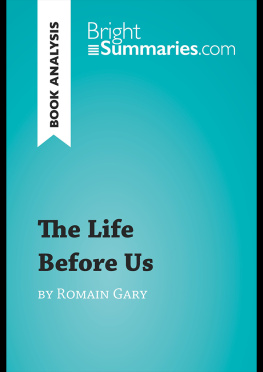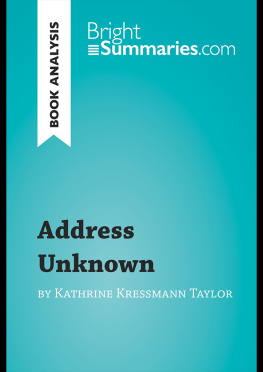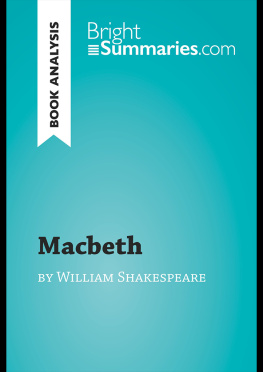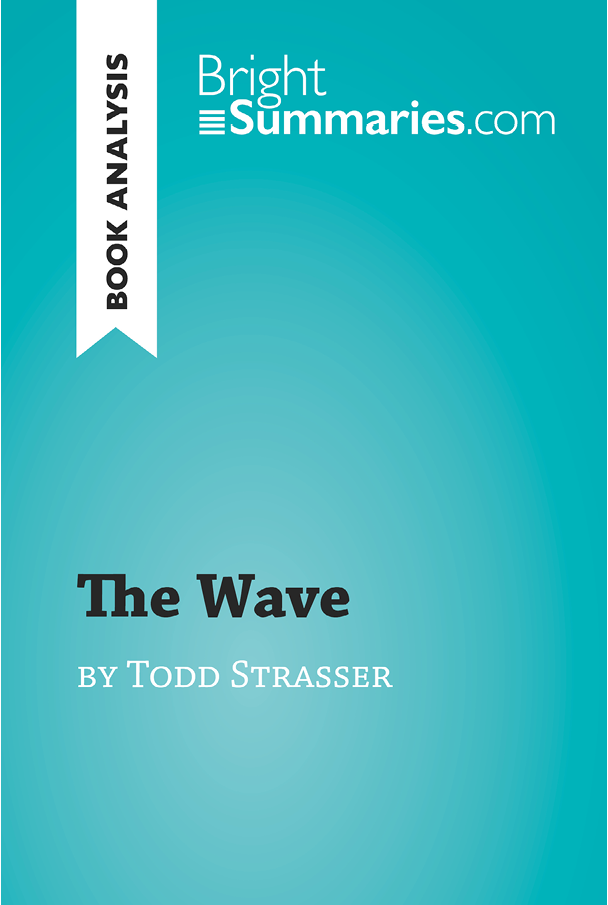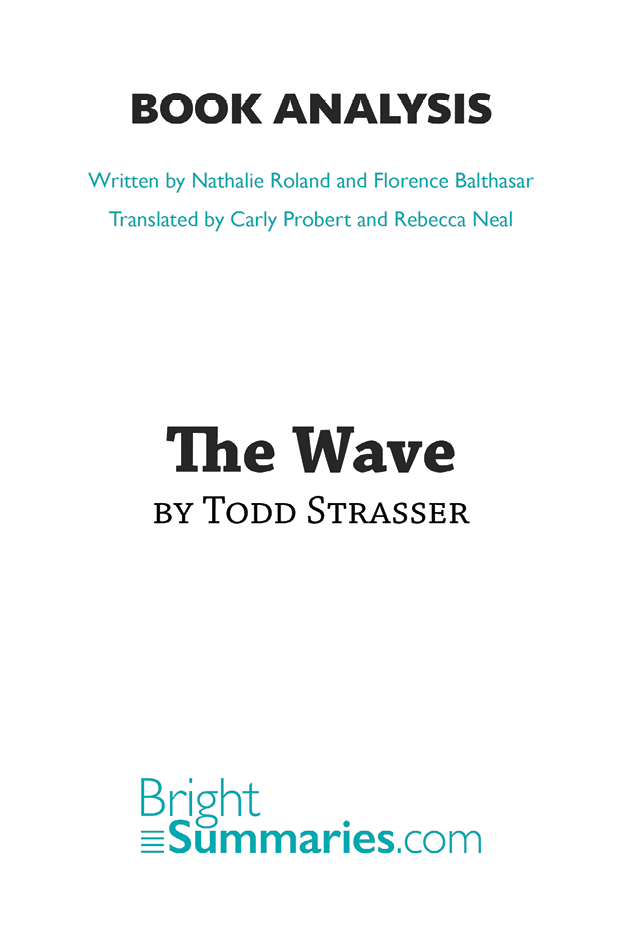Bright Summaries - The Wave by Todd Strasser (Book Analysis): Detailed Summary, Analysis and Reading Guide
Here you can read online Bright Summaries - The Wave by Todd Strasser (Book Analysis): Detailed Summary, Analysis and Reading Guide full text of the book (entire story) in english for free. Download pdf and epub, get meaning, cover and reviews about this ebook. year: 2015, publisher: BrightSummaries.com, genre: Politics. Description of the work, (preface) as well as reviews are available. Best literature library LitArk.com created for fans of good reading and offers a wide selection of genres:
Romance novel
Science fiction
Adventure
Detective
Science
History
Home and family
Prose
Art
Politics
Computer
Non-fiction
Religion
Business
Children
Humor
Choose a favorite category and find really read worthwhile books. Enjoy immersion in the world of imagination, feel the emotions of the characters or learn something new for yourself, make an fascinating discovery.
- Book:The Wave by Todd Strasser (Book Analysis): Detailed Summary, Analysis and Reading Guide
- Author:
- Publisher:BrightSummaries.com
- Genre:
- Year:2015
- Rating:3 / 5
- Favourites:Add to favourites
- Your mark:
The Wave by Todd Strasser (Book Analysis): Detailed Summary, Analysis and Reading Guide: summary, description and annotation
We offer to read an annotation, description, summary or preface (depends on what the author of the book "The Wave by Todd Strasser (Book Analysis): Detailed Summary, Analysis and Reading Guide" wrote himself). If you haven't found the necessary information about the book — write in the comments, we will try to find it.
This engaging summary presents an analysis of The Wave by Todd Strasser, a novel based on real events in an American high school in the 1960s. When Ben Ross, an ambitious young history teacher, is teaching his class about life in Nazi Germany, he is at a loss to explain how so many ordinary Germans stood by while their government committed atrocities. He devises a social experiment to demonstrate the power of authority figures and peer pressure, but before long the movement he has created spirals out of control and becomes more influential then he ever could have imagined. Todd Strasser is an award-winning young adult author, and is known in particular for his thought-provoking treatment of themes including violence, nuclear war and school shootings.
Find out everything you need to know about The Wave in a fraction of the time!
This in-depth and informative reading guide brings you:
- Character studies
- Key themes and symbols
- Questions for further reflection
Why choose BrightSummaries.com?
Available in print and digital format, our publications are designed to accompany you on your reading journey. The clear and concise style makes for easy understanding, providing the perfect opportunity to improve your literary knowledge in no time.
See the very best of literature in a whole new light with BrightSummaries.com!
Bright Summaries: author's other books
Who wrote The Wave by Todd Strasser (Book Analysis): Detailed Summary, Analysis and Reading Guide? Find out the surname, the name of the author of the book and a list of all author's works by series.

